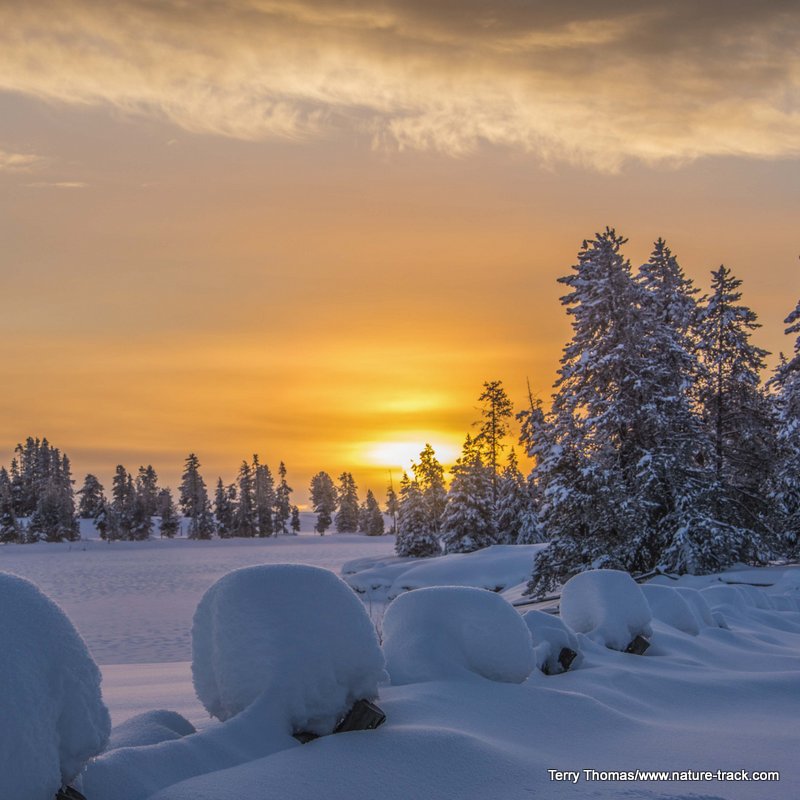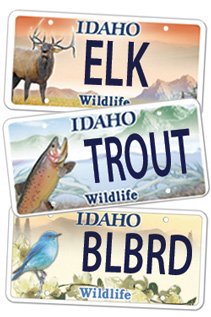Natural Resource Conservation Service Website

Snow in Island Park and elsewhere in Idaho has been pretty impressive this year. If you want to check out some of the facts of this snow season and what it will mean for this summer, consider taking a peek at the NRCS website.
My son loves to get into Deadwood Reservoir as early as possible each year to do some serious kokanee salmon fishing, but in 2019 he may have to wait a bit longer. Deadwood Summit received an estimated 200+ inches of snow in the month of February alone, shattering a record set in 1949 and repeated in 1986.
Since snow, and of course the ensuing spring runoff, has been such a popular topic this year, where does one go to fill an active mind with facts of the Deadwood Summit kind?
If you want to sate your curiosity about this year’s snowfall, win an argument (or start one) or just want something to do until the snow melts, far more water and snowpack information than the average person could ever want is all collected by the Natural Resource Conservation Service, NRCS, and presented on their website.
It is all just a quick internet search away. Just type in SNOTEL Idaho in the search bar and, at least on my search engine, the first result is: Idaho SNOTEL Snow/Precipitation Update Report – USDA. This will take you to a page of tables, one for each major drainage in Idaho. They start at the top of the state and work south and east. For Eastern Idaho that would include: Big Lost, Little Lost/Birch Creek, Medicine Lodge/Beaver/Camas, Henrys Fork/Teton Basins, Snake River Above Palisades and the Willow/Blackfoot/Portneuf basins.
These tables are a handy summary of the pertinent data from each drainage but I am a visual guy and I prefer the map version. To access this, go to the top of the page and click on NWCC Home. Then click on the New Interactive Map. You will quickly see that there are many pre-defined maps to choose from. For this example, go to: Station and/or Basin Conditions/Snow/Snow Water Equivalent > Percent of 1981-2010 Median > Stations Only | Basins Only | Stations and Basins. Click on the Stations Only link.
The map that will appear shows the location of each measuring site throughout the west. Let’s say you want to see the Island Park data station. Zoom in to Island Park and you will see only two data locations. One is named White Elephant and the other is Island Park which is between Island Park Reservoir and Buffalo River on the west side of Highway 20.
When you click on this data point, you will see a small table with data. On March 23rd, there was an equivalent of 18.8 inches of water in the snowpack at this location, 131% of the 1981-2010 average. In comparison, at the bottom you can see that in 1997, the year of the big flood, there were 24.3 inches water equivalent on the same date 22 years ago.
There is a lot more data accessible from this map. If you want to see the snowdepths, simply go to the right side of the map, make sure the box for station inventory is active then check the box for: Stations with any Checked Elements, then check the box for: Snow Depth and click on the location of interest then 30-day daily table.
There is a lot more to this website than just highs and lows though. You can get as deep as you want into water predictions, history, reservoir storage, streamflows and other information valuable to farmers, recreators and the just plain inquisitive.
When my wife reviews this prior to publication, she is going to say that this column is too technical, even boring, for the average reader. I am banking that your innate curiosity is going to win though and you will thank me in the end.
Wildlife License Plates
Great news! as of 2024, there are three NEW designs for license plates. They still are bluebird, cutthroat trout and elk, but they are beautiful.
Idaho Wildlife license plates provide essential funding that benefits the great diversity of native plants and wildlife that are not hunted, fished or trapped—over 10,000 species or 98% of Idaho’s species diversity. Game species that share the same habitats (such as elk, deer, antelope, sage-grouse, salmon, trout) also benefit from these specialty plates.
No state tax dollars are provided for wildlife diversity, conservation education and recreation programs. Neither are any revenues from the sale of hunting or fishing licenses spent on nongame species. Instead, these species depend on direct donations, federal grants, fundraising initiatives—and the Idaho Wildlife license plates.
Both my vehicles have Bluebird Plates. I prefer the bluebird because the nongame program gets 70 percent of the money from bluebird plates, but only 60 percent of the money from elk and trout plates - 10 percent of the money from elk plates supports wildlife disease monitoring and testing programs (to benefit the livestock industry) and 10 percent from cutthroat plates supports non-motorized boat access.
Incidentally, in 2014, the Idaho Legislature denied the Department of Fish and Game the ability to add new plates or even to change the name of the elk and cutthroat plates (very specific) to wildlife and fish plates, a move that would have allowed for changing images occasionally and generating more revenue. It would seem that they believe that we Idahoans don't want a well funded wildlife program.
I think it is time we let the Legislature know that Idahoan support wildlife funding and that we would like to see these generic plates come to fruition.

Wildlife License Plates
Great news! as of 2024, there are three NEW designs for license plates. They still are bluebird, cutthroat trout and elk, but they are beautiful.
Idaho Wildlife license plates provide essential funding that benefits the great diversity of native plants and wildlife that are not hunted, fished or trapped—over 10,000 species or 98% of Idaho’s species diversity. Game species that share the same habitats (such as elk, deer, antelope, sage-grouse, salmon, trout) also benefit from these specialty plates.
No state tax dollars are provided for wildlife diversity, conservation education and recreation programs. Neither are any revenues from the sale of hunting or fishing licenses spent on nongame species. Instead, these species depend on direct donations, federal grants, fundraising initiatives—and the Idaho Wildlife license plates.
Both my vehicles have Bluebird Plates. I prefer the bluebird because the nongame program gets 70 percent of the money from bluebird plates, but only 60 percent of the money from elk and trout plates - 10 percent of the money from elk plates supports wildlife disease monitoring and testing programs (to benefit the livestock industry) and 10 percent from cutthroat plates supports non-motorized boat access.
Incidentally, in 2014, the Idaho Legislature denied the Department of Fish and Game the ability to add new plates or even to change the name of the elk and cutthroat plates (very specific) to wildlife and fish plates, a move that would have allowed for changing images occasionally and generating more revenue. It would seem that they believe that we Idahoans don't want a well funded wildlife program.
I think it is time we let the Legislature know that Idahoan support wildlife funding and that we would like to see these generic plates come to fruition.

"WOW. What a phenomenal piece you wrote. You are amazing." Jennifer Jackson
That is embarrassing, but actually a fairly typical response to my nature essays. Since The Best of Nature is created from the very best of 16 years of these nature essays published weekly in the Idaho Falls Post Register (online readership 70,000), it is a fine read. It covers a wide variety of topics including humorous glimpses of nature, philosophy, natural history, and conservation. Readers praise the style, breadth of subject matter and my ability to communicate complex and emotional topics in a relaxed and understandable manner.
Everyone can find something to love in this book. From teenagers to octogenarians, from the coffee shop to the school room, these nature essays are widely read and enjoyed.
Some of the essays here are my personal favorites, others seemed to strike a chord with readers. Most have an important message or lesson that will resonate with you. They are written with a goal to simultaneously entertain and educate about the wonderful workings of nature. Some will make you laugh out loud and others will bring a tear to the eye and warm your heart.
Readers Write:
"You hit a home run with your article on, Big Questions in Nature. It should be required reading for everyone who has lost touch with nature...great job!" Joe Chapman
"We enjoyed your column, Bloom Where Planted. Some of the best writing yet. The Post Register is fortunate to have your weekly columns." Lou Griffin.
To read more and to order a copy, click here or get the Kindle version
Copies are also available at:
Post Register
Island Park Builders Supply (upstairs)
Barnes and Noble in Idaho Falls
Harriman State Park, Island Park
Museum of Idaho
Valley Books, Jackson Wyoming
Avocet Corner Bookstore, Bear River National Wildlife Refuge, Brigham City, Utah
Craters of the Moon National Monument Bookstore, Arco, Idaho